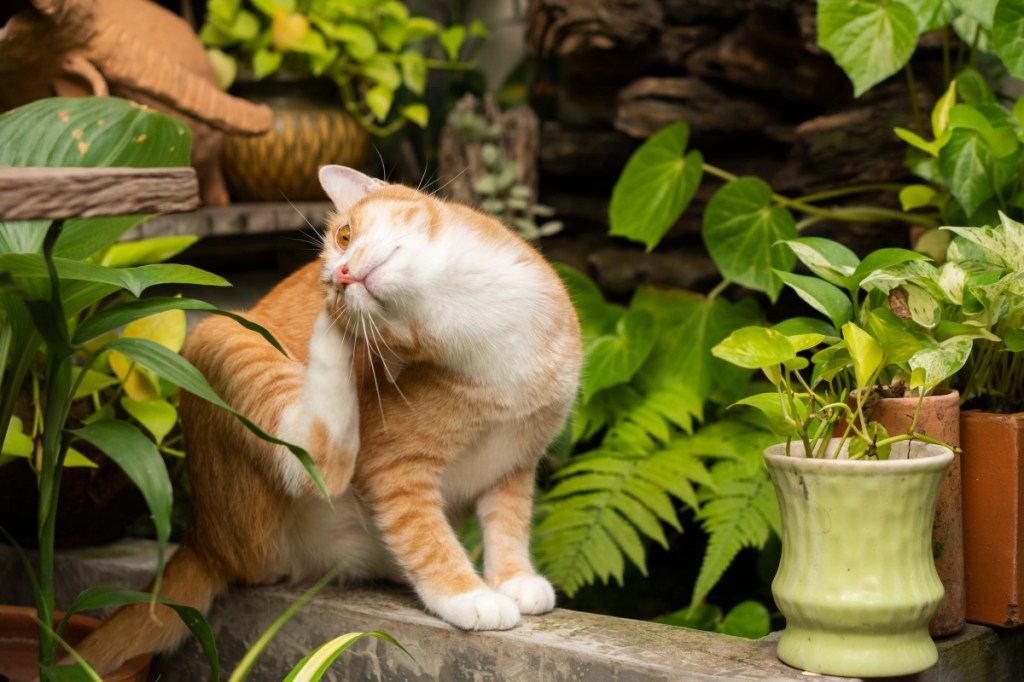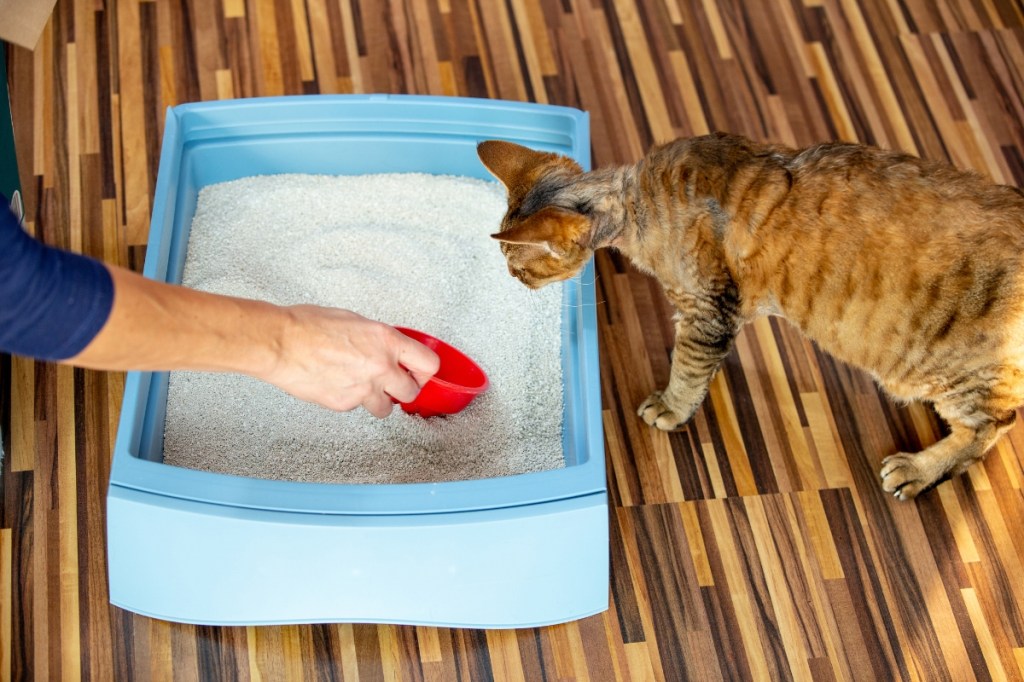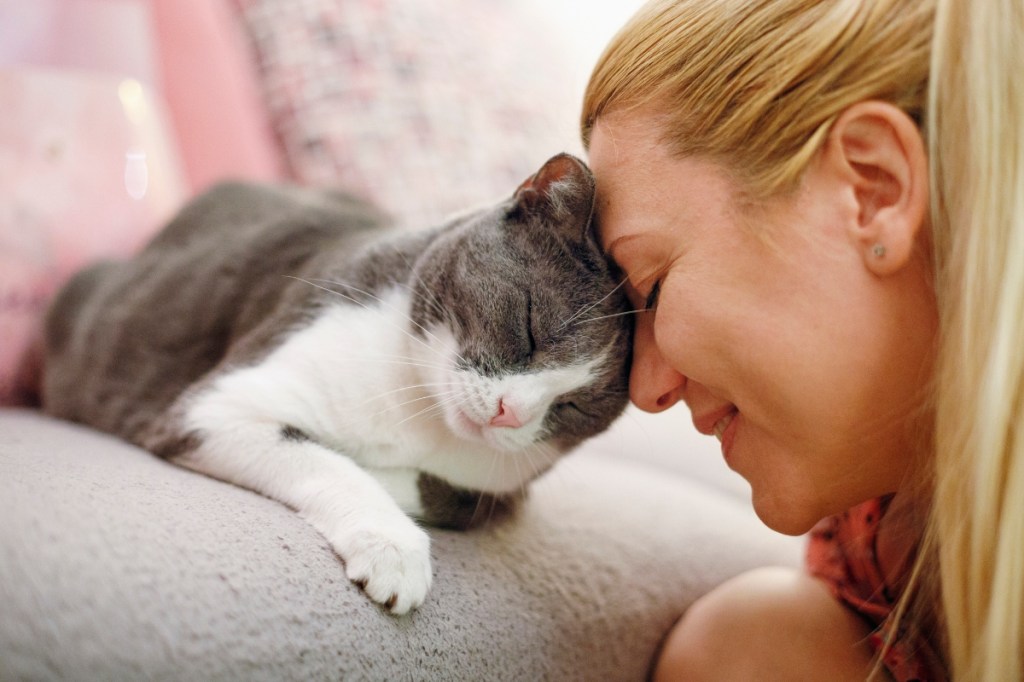Table of Contents
Cats are known for their agility, effortlessly leaping from one surface to another. So, you may become understandably concerned if your agile cat is suddenly wobbly and looking a little drunk.
A cat that becomes uncoordinated without warning could have vestibular disease, an uncommon condition that affects cats of all ages and breeds.
Vestibular disease is not life-threatening but can make cats feel uncomfortable. Recognizing signs of the disease will help you know when it’s time to take your wobbly kitty to your veterinarian.
What is Vestibular Disease in Cats?
Vestibular disease is a disorder of the vestibular system, which is responsible for balance and coordination. This system also helps cats remain oriented and have a sense of direction.
The vestibular system is located in the inner ear and medulla (lower part of the brain), with nerves connecting the two locations.
When something affects the vestibular system, cats lose their balance and coordination.
What Causes Vestibular Disease in Cats?
In many cases, vestibular disease in cats is idiopathic, meaning that the cause is unknown. Potential causes are listed below:
- Middle- or inner-ear infection
- Tumors, especially in older cats
- Medications that are toxic to the ear
- Polyps (benign growths)
- Inflammatory disease
- Head trauma
Genetics can play a role, too. Siamese and Burmese cats are prone to developing vestibular disease.
What Are the Signs of Vestibular Disease in Cats?
The signs of vestibular disease appear suddenly and are related to a lack of coordination and balance.
A pronounced head tilt is a telltale sign of the disease. Other signs are listed below:
- Confusion
- Stumbling
- Circling to one side
- Anguished vocalizing
- Rolling around on the floor
- Leaning against furniture or the walls
- Nystagmus (involuntary eye movement)
- Facial drooping (seen with tumors and inflammatory diseases)
Cats with vestibular disease will also experience nausea and vomiting and refuse to eat.
The signs are often the worst within about 24 to 48 hours of onset, then start to improve.
How is Vestibular Disease in Cats Diagnosed?
There are no specific tests for diagnosing vestibular disease. Instead, a veterinarian will use a history, physical examination, and a variety of diagnostic tests to diagnose the condition and try to identify the underlying cause.
Because the underlying cause may be severe, cats with signs of vestibular disease should receive prompt veterinary attention.
For the history, your veterinarian will ask you questions such as those listed here:
- What symptoms have you noticed?
- When did the symptoms first appear?
- What medications is your cat currently taking?
- Has your cat experienced recent head trauma?
- Does your cat have a history of middle or inner ear infections?
The physical exam will also involve an otoscopic exam (ear exam) and a neurologic exam.
Diagnostic tests include blood work, urinalysis, x-rays, and analysis of ear discharge. Advanced diagnostic tests, such as magnetic resonance imaging, may be warranted if your veterinarian thinks the problem may be deep in your cat’s brain or ear. Spinal fluid analysis may also be needed.
Even with diagnostic testing, remember that the cause of vestibular disease in cats often remains unknown.
What Is the Treatment for Vestibular Disease in Cats?
Treatment for vestibular disease is based on the underlying cause, if that cause can be identified. For example, a bacterial ear infection will be treated with antibiotics. An inflammatory disease in the ear would be treated with anti-inflammatory medication.
If that cause remains unknown, treatment will be symptomatic. For example, anti-nausea or anti-vomiting medication will be prescribed to help reduce your cat’s nausea and vomiting.
Because vestibular disease makes cats wobbly and uncoordinated, you’ll need to keep your cat safe and comfortable during treatment:
- Keep your cat in a safe and confined area to prevent injury.
- Move your cat’s food and water bowls and litter box close to your cat.
- Help your cat eat and drink until they regain balance and coordination.
- Rotate your cat’s position every few hours to prevent pressure sores.
Cats with vestibular disease frequently recover fully within a few days to a few weeks, with no residual damage or recurrence. If the underlying cause is irreversible, a cat may continue to have symptoms despite treatment.








